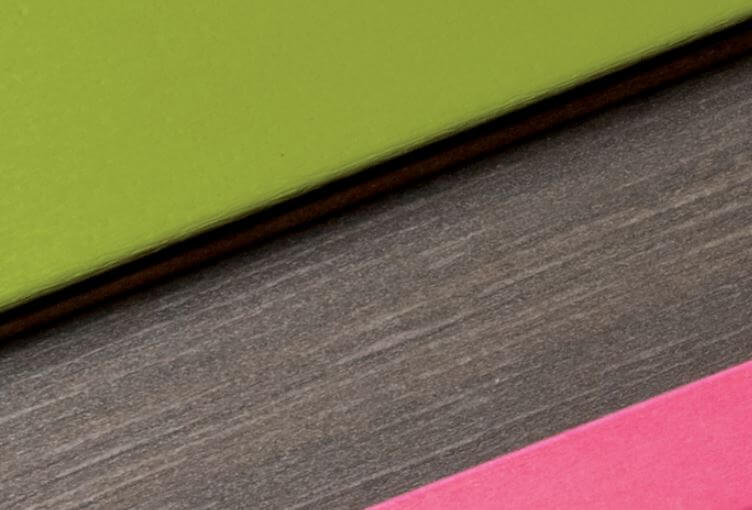Wood vs. Plastic Cribbing: How They Compare

Cribbing blocks are useful tools in many industrial settings, but what material is better is more durable, capable, and valuable—plastic or wood? Our guide will answer that question and more as we compare wood vs. plastic cribbing.
What is Cribbing?
First, what exactly is cribbing, and what is it used for? Cribbing in construction and manufacturing is a wood structure that acts as a temporary foundation to support heavy objects and equipment.
Cribbing blocks resemble oversized Lincoln Logs and are actually stacked and interlocked with one another in basically the same way as the toy. Cribbing blocks have many uses in industrial settings, from holding heavy objects to temporarily supporting vehicles.
When it comes to cribbing, users have two choices: plastic or wood blocks. Which is better?
Wood vs. Plastic Cribbing
Durability
Regarding durability, there’s not much to compare between wood and plastic cribbing blocks. The synthetic makeup of plastic cribbing offers many advantages over its organic counterpart—it’s waterproof and has a much denser composition.
Even if you only use cribbing inside, natural wood can absorb fluids like oils and other industrial spills—rotting and weakening its structural integrity. Synthetic plastic cribbing is much more resistant and typically lasts for years longer than standard wood.
Capability
Another benefit of plastic cribbing’s artificial composition is it’s much more capable than wood. Cribbing is for firmly holding hefty objects. Plastic cribbing is better equipped to handle these excessive weights without denting or splintering.
The capability of wood cribbing depends on the species of wood, but it can hold an average of 500 PSI, which generally equates to a foundation that can hold around 25,000 lbs. Plastic cribbing, on the other hand, offers material that can withstand up to 1,200 PSI, or nearly 60,000 lbs.!
Value
Of course, there’s always the question of price and value. Clearly, the discrepancy in quality between wood and plastic cribbing means that plastic blocks are typically more expensive than the organic alternative.
As we’ve explained, plastic cribbing is much more likely to last longer, and since it can hold more weight, fewer blocks are needed. In the long term, there’s little doubt which blocks offer better value when we compare plastic to wood cribbing.












